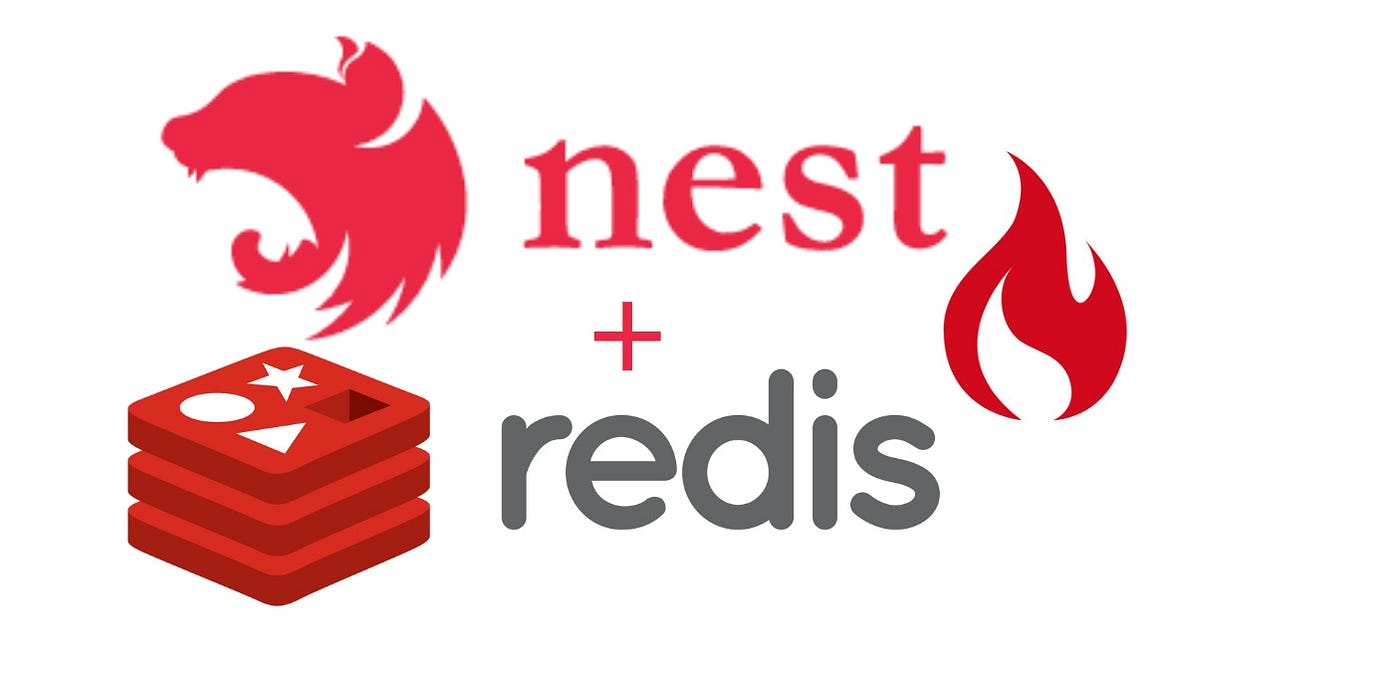Redis Integration in NestJS: Complete Guide
Learn how to integrate Redis with NestJS for caching, session management, and real-time applications. Complete with code examples and best practices.

Redis Integration in NestJS: Complete Guide
Redis is a powerful in-memory data structure store that can significantly improve your NestJS application's performance through caching, session management, and real-time features. In this comprehensive guide, we'll explore how to integrate Redis with NestJS effectively.
Why Use Redis with NestJS?
Redis offers several advantages for NestJS applications:
Installation and Setup
First, install the required packages:
npm install redis @nestjs/redis
npm install -D @types/redis
Configuring Redis Module
Create a Redis configuration in your NestJS application:
// redis.module.ts
import { Module } from '@nestjs/common';
import { RedisModule as NestRedisModule } from '@nestjs/redis';
@Module({
imports: [
NestRedisModule.forRoot({
config: {
host: process.env.REDIS_HOST || 'localhost',
port: parseInt(process.env.REDIS_PORT) || 6379,
password: process.env.REDIS_PASSWORD,
db: 0,
},
}),
],
exports: [NestRedisModule],
})
export class RedisModule {}
Implementing Caching
Basic Caching Service
Create a caching service to handle Redis operations:
// cache.service.ts
import { Injectable } from '@nestjs/common';
import { RedisService } from '@nestjs/redis';
import Redis from 'redis';
@Injectable()
export class CacheService {
private readonly redis: Redis;
constructor(private readonly redisService: RedisService) {
this.redis = this.redisService.getClient();
}
async get(key: string): Promise {
return await this.redis.get(key);
}
async set(key: string, value: string, ttl?: number): Promise {
if (ttl) {
await this.redis.setex(key, ttl, value);
} else {
await this.redis.set(key, value);
}
}
async del(key: string): Promise {
await this.redis.del(key);
}
async exists(key: string): Promise {
const result = await this.redis.exists(key);
return result === 1;
}
}
Caching Decorator
Create a custom decorator for automatic caching:
// cache.decorator.ts
import { SetMetadata } from '@nestjs/common';
export const CACHE_KEY = 'cache_key';
export const CACHE_TTL = 'cache_ttl';
export const Cache = (key: string, ttl: number = 3600) =>
SetMetadata(CACHE_KEY, key) && SetMetadata(CACHE_TTL, ttl);
Session Management
Implement Redis-based session management:
// session.service.ts
import { Injectable } from '@nestjs/common';
import { CacheService } from './cache.service';
@Injectable()
export class SessionService {
constructor(private readonly cacheService: CacheService) {}
async createSession(userId: string, sessionData: any): Promise {
const sessionId = this.generateSessionId();
const sessionKey = session:${sessionId};
await this.cacheService.set(
sessionKey,
JSON.stringify({ userId, ...sessionData }),
3600 // 1 hour TTL
);
return sessionId;
}
async getSession(sessionId: string): Promise {
const sessionKey = session:${sessionId};
const sessionData = await this.cacheService.get(sessionKey);
return sessionData ? JSON.parse(sessionData) : null;
}
async destroySession(sessionId: string): Promise {
const sessionKey = session:${sessionId};
await this.cacheService.del(sessionKey);
}
private generateSessionId(): string {
return Math.random().toString(36).substring(2, 15) +
Math.random().toString(36).substring(2, 15);
}
}
Real-time Features with Pub/Sub
Implement pub/sub messaging for real-time features:
// pubsub.service.ts
import { Injectable } from '@nestjs/common';
import { RedisService } from '@nestjs/redis';
import Redis from 'redis';
@Injectable()
export class PubSubService {
private readonly publisher: Redis;
private readonly subscriber: Redis;
constructor(private readonly redisService: RedisService) {
this.publisher = this.redisService.getClient();
this.subscriber = this.redisService.getClient();
}
async publish(channel: string, message: any): Promise {
await this.publisher.publish(channel, JSON.stringify(message));
}
async subscribe(channel: string, callback: (message: any) => void): Promise {
await this.subscriber.subscribe(channel);
this.subscriber.on('message', (receivedChannel, message) => {
if (receivedChannel === channel) {
callback(JSON.parse(message));
}
});
}
async unsubscribe(channel: string): Promise {
await this.subscriber.unsubscribe(channel);
}
}
Best Practices
1. Connection Pooling
Configure connection pooling for better performance:
NestRedisModule.forRoot({
config: {
host: process.env.REDIS_HOST,
port: parseInt(process.env.REDIS_PORT),
maxRetriesPerRequest: 3,
retryDelayOnFailover: 100,
lazyConnect: true,
},
})
2. Error Handling
Implement proper error handling:
async get(key: string): Promise {
try {
return await this.redis.get(key);
} catch (error) {
console.error('Redis GET error:', error);
return null;
}
}
3. Key Naming Conventions
Use consistent key naming patterns:
const userCacheKey = user:${userId};
const sessionKey = session:${sessionId};
const tempKey = temp:${requestId};
Performance Optimization
1. Pipeline Operations
Use pipelines for multiple operations:
async batchSet(keyValuePairs: Array<[string, string]>): Promise {
const pipeline = this.redis.pipeline();
keyValuePairs.forEach(([key, value]) => {
pipeline.set(key, value);
});
await pipeline.exec();
}
2. Memory Optimization
Configure memory policies:
# redis.conf
maxmemory 256mb
maxmemory-policy allkeys-lru
Monitoring and Debugging
Health Checks
Implement Redis health checks:
@Injectable()
export class RedisHealthIndicator {
constructor(private readonly cacheService: CacheService) {}
async isHealthy(): Promise {
try {
await this.cacheService.set('health-check', 'ok', 10);
const result = await this.cacheService.get('health-check');
return result === 'ok';
} catch (error) {
return false;
}
}
}
Conclusion
Redis integration with NestJS provides powerful capabilities for building high-performance applications. By implementing proper caching strategies, session management, and real-time features, you can significantly improve your application's scalability and user experience.
Key takeaways:
Start integrating Redis into your NestJS applications today and experience the performance benefits firsthand!
Related Articles
How to Containerize NestJS Applications with Docker
Step-by-step guide to containerizing your NestJS applications using Docker. Includes multi-stage builds, optimization techniques, and deployment strategies.
CLEAN Architecture: Building Maintainable Software
Deep dive into CLEAN Architecture principles, implementation patterns, and how to structure your applications for maximum maintainability and testability.
